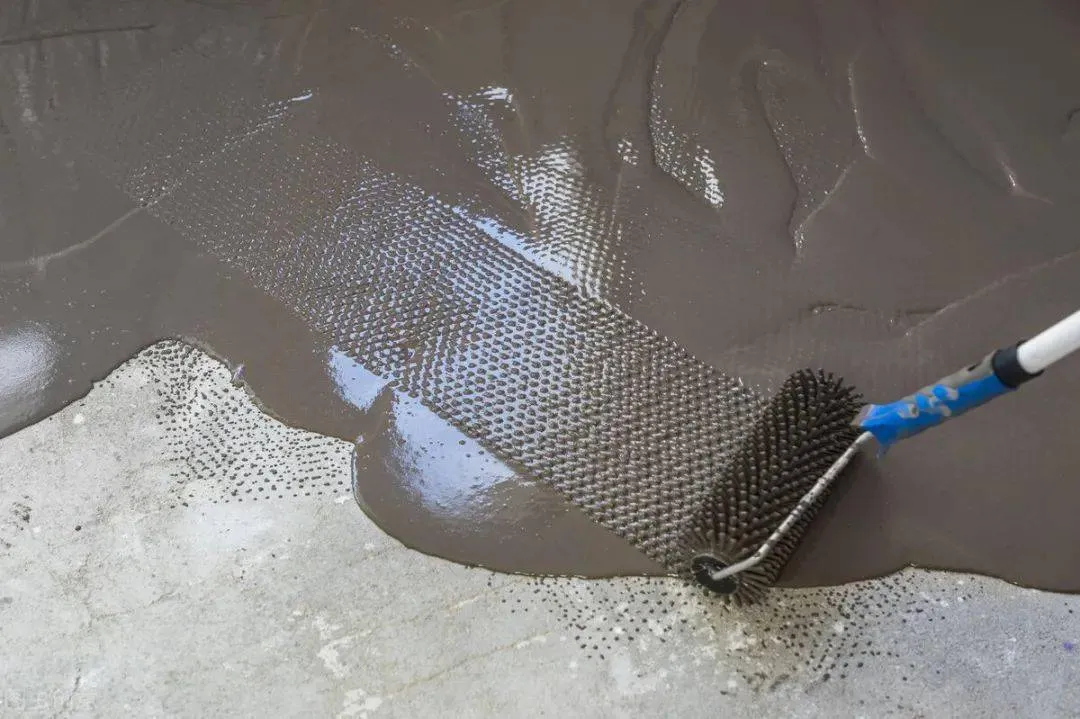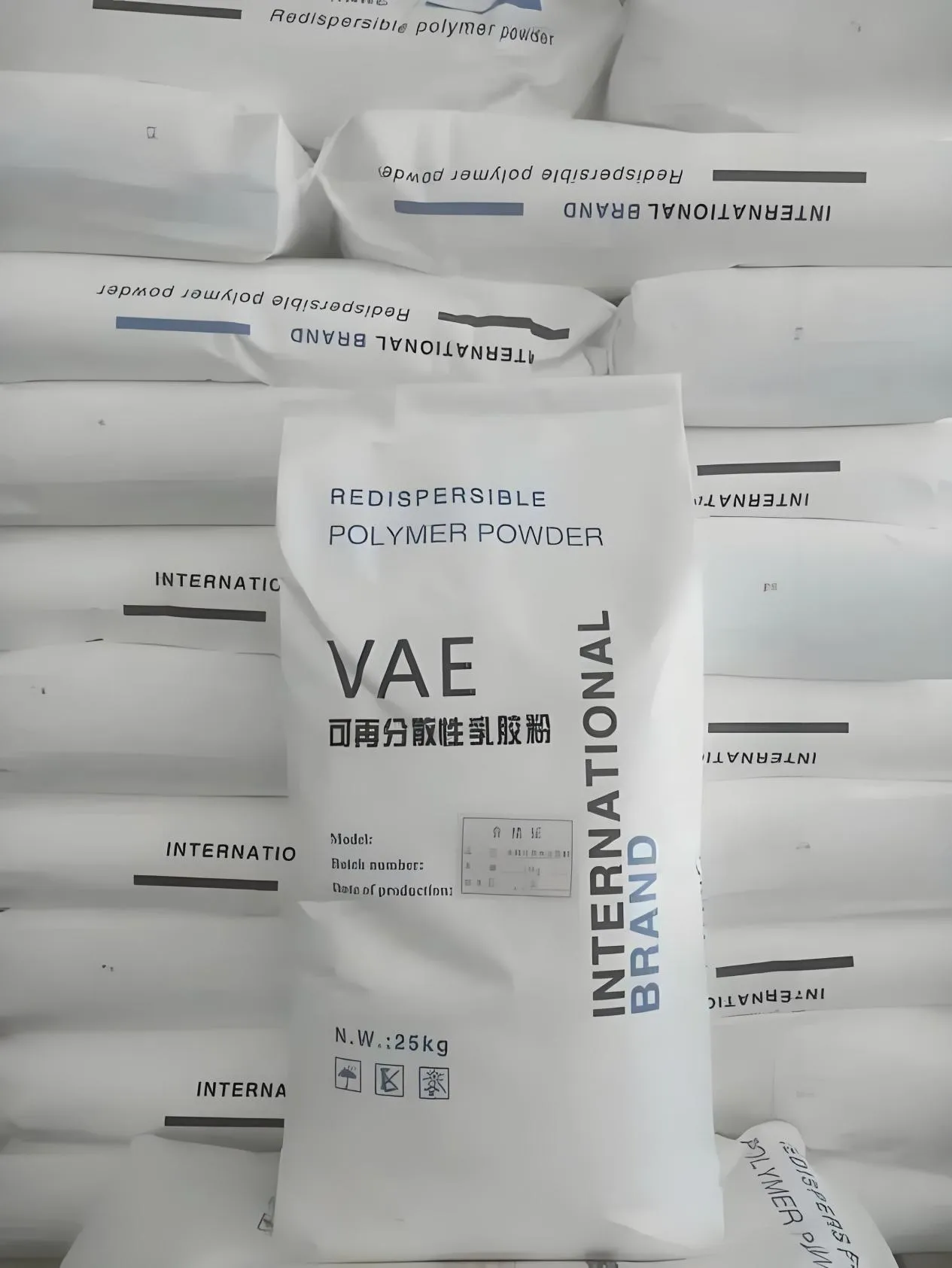
Introduction to Redispersible Polymer Powder and Its Type
Redispersible polymer powder is an essential material in the construction and building materials industry, offering exceptional properties such as improved adhesion, flexibility, water resistance, and workability. Produced through the spray-drying process of polymer emulsions, it is widely used in tile adhesives, plasters, renders, mortars, and insulation systems.
Different redispersible polymer powder types exist to meet specific performance needs. Among the most commonly used variants are:
Redispersible latex powder: Known for superior elasticity and water resistance, making it ideal for tile adhesives and exterior wall coatings.
Redispersible emulsion powder: Provides excellent dispersibility and bonding strength, ensuring reliable adhesion to cementitious substrates.
VAE redispersible powder: Derived from vinyl acetate ethylene copolymers, VAE powder offers a balanced combination of flexibility, bonding strength, and weather resistance.
RDP polymer and RDP powder: Both terms refer to redispersible polymer powder RDP, highlighting its re-dispersibility when mixed with water and ability to form stable polymer films in building materials.
Dispersible polymer powder: A broader category encompassing all polymer powders capable of dispersing in water, including re dispersible polymer powder for construction uses.
The growth in applications of redispersible polymer powder continues as industries seek materials with better performance, energy efficiency, and cost-effectiveness.

Subtitle 2: Applications, Benefits, and RDP Powder Price Factors
Applications of Redispersible Polymer Powder
The wide-ranging applications of redispersible polymer powder make it a critical additive in many construction materials:
Tile Adhesives and Grouts: Improves bonding strength, water resistance, and durability under thermal stress.
Plasters and Wall Renders: Enhances crack resistance, flexibility, and workability for smooth finishes.
External Insulation Systems (EIFS): Used for base coats and adhesives to improve insulation and weather resistance.
Self-Leveling Compounds: Provides flowability, mechanical strength, and reduced shrinkage for flooring applications.
Repair Mortars: Adds flexibility and adhesion strength for structural repairs.
Tính linh hoạt của RDP polymer ensures long-lasting and high-performance building solutions while reducing maintenance costs.

Factors Influencing RDP Powder Price
Các RDP powder price depends on various factors:
Raw Material Costs: Vinyl acetate, ethylene, and additives influence pricing.
Polymer Type: VAE redispersible powder may cost differently than other polymer powders due to its unique properties.
Production Technology: Advanced spray-drying processes can affect cost efficiency.
Market Demand: Rising construction activities increase demand for redispersible emulsion powder and redispersible polymer powder types, impacting prices globally.
Regional Supply Chains: Import/export tariffs, logistics, and local manufacturing capabilities affect costs.

Advantages of Using Redispersible Polymer Powder
Some key benefits of using redispersible polymer powder in construction include:
Improved Adhesion: Enhances bonding between cementitious materials and substrates.
Flexibility: Reduces cracking due to thermal expansion or shrinkage.
Water Resistance: Provides superior moisture protection in wet conditions.
Workability: Improves flow, open time, and ease of application.
Durability: Ensures long-lasting performance in diverse environmental conditions.
These advantages explain the growing global demand for redispersible polymer powder RDP across the construction industry.

Conclusion
The construction sector relies heavily on redispersible polymer powder and its various types, including redispersible latex powder, redispersible emulsion powder, VAE RDP, and RDP polymer, for improved material performance. With rising demand for energy-efficient and durable building materials, the applications of redispersible polymer powder will continue expanding globally.
Moreover, understanding the factors affecting the RDP powder price and selecting the right redispersible polymer powder types help construction professionals optimize both cost and performance in their projects.
As technology evolves, new formulations of redispersible powder polymer will further enhance construction material efficiency, ensuring stronger, longer-lasting, and more sustainable structures.

FAQs
1. What are the main redispersible polymer powder types?
Answer:
The main redispersible polymer powder types include redispersible latex powder, redispersible emulsion powder, VAE redispersible powder, and RDP polymer. Each type offers unique benefits in terms of adhesion, flexibility, water resistance, and workability for various construction applications.
2. What are the key applications of redispersible polymer powder in construction?
Answer:
Common applications of redispersible polymer powder include tile adhesives, grouts, external insulation systems, plasters, self-leveling compounds, and repair mortars. These materials benefit from enhanced adhesion, flexibility, and water resistance provided by redispersible polymer powder RDP.
3. How does RDP powder price vary across regions?
Answer:
Các RDP powder price depends on raw material costs, production technologies, regional supply chains, and market demand. Areas with established VAE RDP manufacturing plants often have more competitive prices than regions reliant on imports.
4. What advantages does VAE redispersible powder offer over other polymers?

Answer:
VAE redispersible powder offers excellent adhesion, flexibility, water resistance, and cost efficiency, making it the most popular choice among redispersible polymer powder types for construction materials like tile adhesives and EIFS systems.
5. What factors influence the performance of redispersible emulsion powder in mortars?
Answer:
The performance of redispersible emulsion powder in mortars depends on polymer composition, mixing ratios, curing conditions, and compatibility with cementitious materials. Using the right RDP polymer formulation ensures better adhesion, flexibility, and durability.
-
Hydroxypropyl Starch as a Sustainable Construction AdditiveNewsNov.24,2025
-
The Gelation Properties of CMCNewsNov.21,2025
-
Redispersible Latex Powder and Water Retention CapacityNewsNov.21,2025
-
Dosage Control for Polycarboxylate Water ReducerNewsNov.21,2025
-
Film-Forming Properties of Polyvinyl AlcoholNewsNov.21,2025
-
The Function of Gypsum Additives in MortarNewsNov.21,2025





















